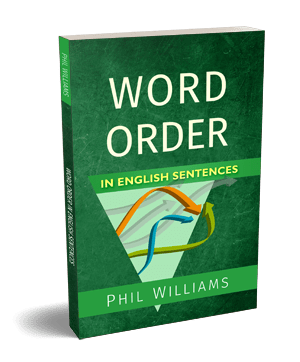“The most realistic approach to aide in understanding the English tenses.” – Meg, Amazon review
Want to know why we say “I am reading this book now”, but not “I am being happy now”? What about “We’re going to the park” or “We will be going to the park”? “I had been studying” or “I was studying”?
This guide explains these differences and many more – with a detailed look at how the rules for the English tenses are actually used (and abused!) by English speakers in real life.
The English Tenses: Practical Grammar Guide uses a flexible approach to English grammar to explore how native English speakers commonly use each tense, comparing uses. It is designed to help English learners, teachers and speakers alike, to fully understand the structure of our language and its adapted uses. It can be used as an aide alongside core texts, as a reference or a standalone self-study guide. It is available now in paperback and electronic forms from Amazon.
” I have yet to find a more approachable, intuitive, practical resource that delivers on its promise of tangible, palpable success.” – Stephen Thergesen, TESOL teacher
What’s included in The English Tenses: Practical Grammar Guide?
- Past Simple
- Past Continuous
- Past Perfect
- Past Perfect Continuous
- Present Simple
- Present Continuous
- Present Perfect
- Present Perfect Continuous
- Future Simple (will, “going to” and present simple and continuous uses)
- Future Continuous
- Future Perfect
- Future Perfect Continuous
- Time Clauses








very rich book